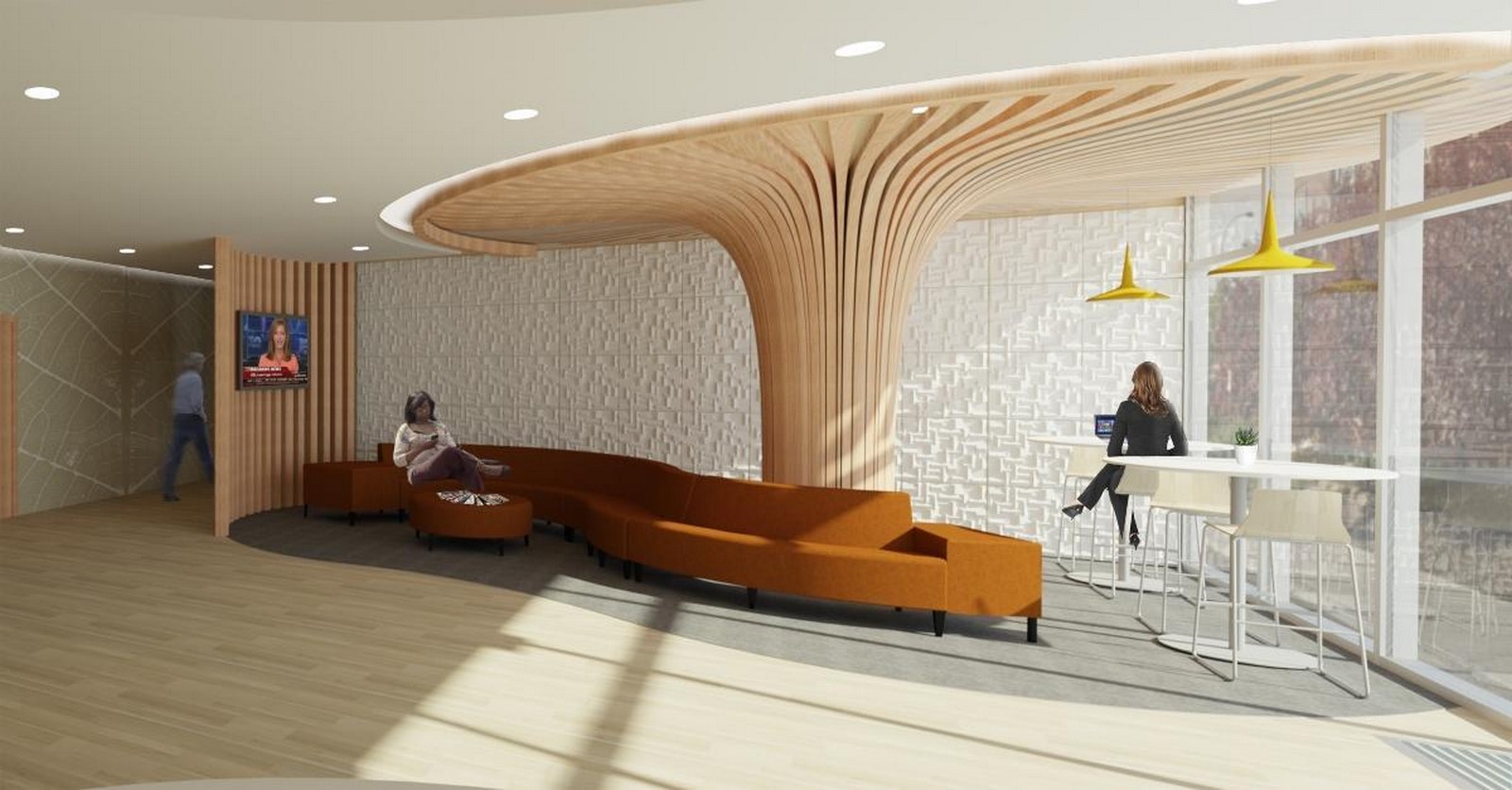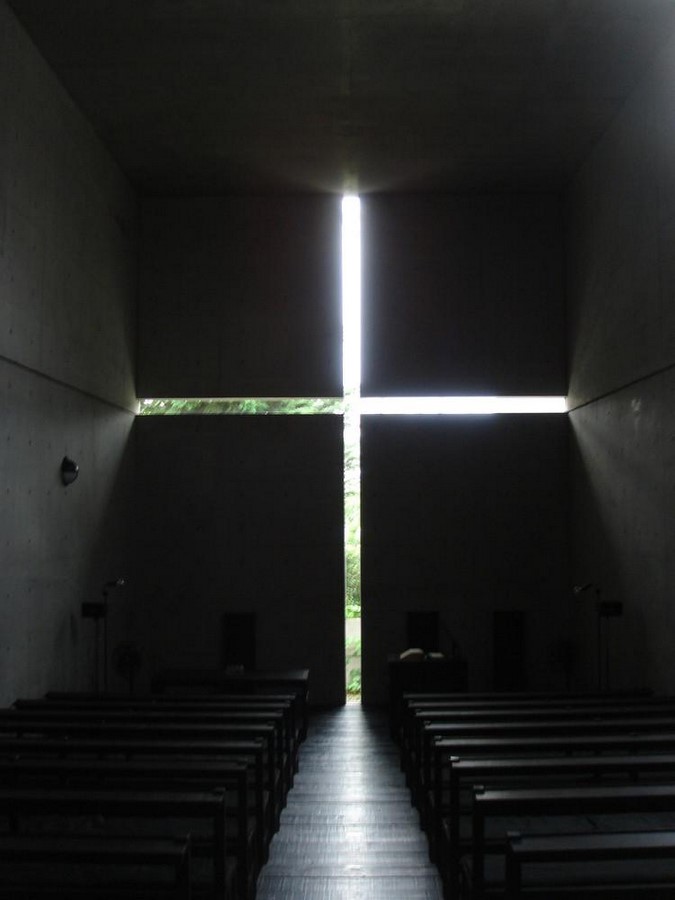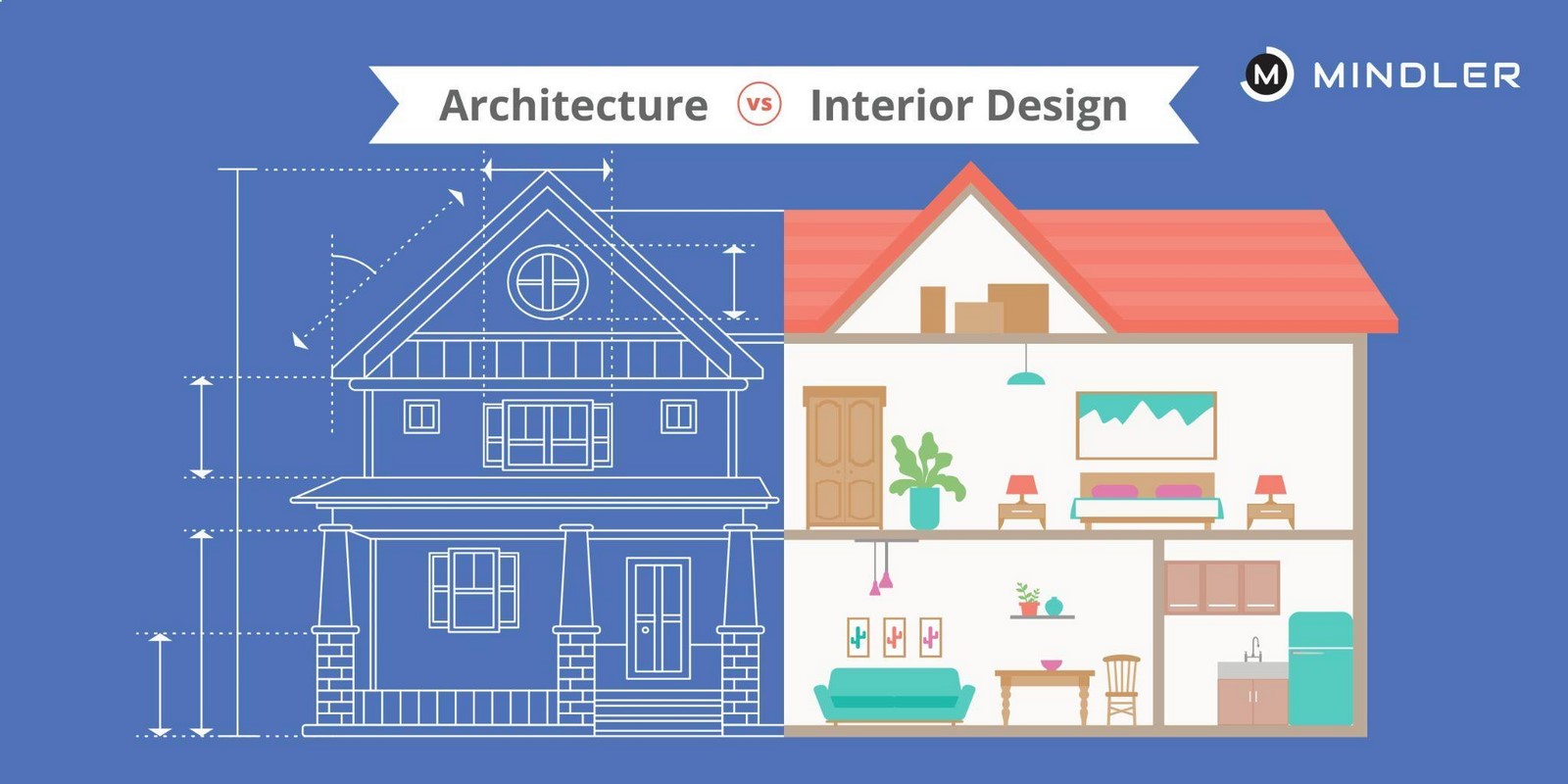What is Interiority? We must first comprehend the idea of interiority to understand what is interior architecture. Interiority is described in the Merriam-Webster dictionary as “the interior quality or character” and also as “inner life or substance: psychological existence.” Interiority is incredibly effective at defining places and spaces. Even from the definition, we can infer what interiority is. Because of this phenomenon, even the smallest atomic object has life and a purpose in the universe.
The idea of interiority is one of the tenets of writing craft philosophy. Even in picture books and even (maybe especially) in the third person, one should always characterize it as a character’s thoughts, feelings, emotions, and inner struggles. To a person, this resource is the most critical one in an author’s toolbox. Unfortunately, this leaves a lot of room for interpretation and application, making it simple to grasp but more challenging to define and explain interiority.
Whether a book is written in the first person or the third, a picture book or a contemporary novel, “interiority” refers to a character’s thoughts, feelings, reactions, and inner problems, and how we access them. Any time you put yourself in your character’s shoes to give a scene more perspective, meaning, humour, or emotion. That is the definition of interiority.
People may be misled by the impression that “interiority” refers just to the perspective of interiors, but it refers to much more. It is something that fosters a sense of connection between a person and their environment. It’s a phenomenon that gives people the ability to genuinely experience what’s going on around them.

A man’s voyage may be seen in the illustration above, which was created by artist Christian Schloe. It is shown how each component in the graphic serves to support and foster a different sense of belonging and non-belonging. Along with the ability to escape from reality, the entire idea of experientiality has been demonstrated. Even interiority can be inferred from this example. Interiority is the way that spatial features behave and present themselves to build a complete picture of how life is experienced.
Understanding Interior Architecture
People frequently mix up interior architecture and interior design. The art and science of upgrading a building’s interior to provide a healthier and more aesthetically pleasing atmosphere for those using the area are known as interior design. However, interior architecture completely relies on the idea of interiority, a much larger term that connects to a person’s everyday routines and emotions. Interior architecture, which is the practice of developing places based on the ideas of interiority and fostering an emotional connection with the spaces, is related to what interiority is, as explained above. Interior design is not interior architecture, even though it is a part of interior architecture, which is a much bigger picture.

Simply said, a building’s interior and space planning are designed by an interior architect, whilst the actual furniture and decoration of an interior are the responsibility of an interior designer. However, interior architecture involves much more than just giving a structure a nice look. The interior architect must perform a difficult balancing act between the architectural elements of beauty and utility in a construction project (function as well as environmental design). Interior decoration only concentrates on the aesthetics and furnishings of interior design. Aspiring interior decorators can hone their placement skills by attending interior decorator school. These materials include paint, textiles, and the feel of them. The practicality, safety, and aesthetics of the structure must all be considered by interior architects. This requires a great deal of expertise and careful thought throughout the design process. To perform these duties, interior architects need specialized training, which is typically acquired through earning degrees and industry-specific certificates.
Interior architects frequently alter the real structure of the building while designing or remodelling interior spaces. They will combine architectural design analysis into all of their projects and must take building structure and building codes into consideration to create a safe and livable living space (such as correct plumbing and electrical system setup). In addition to using sustainable design elements, interior architects may also incorporate “green” advancements with alternative heating and lighting systems into their projects.
Interior architecture is concerned with the interior and how it functions as a living space. Interior architecture combines art with science to develop, renovate, or modify the interior of different buildings, such as homes, offices, or other interior spaces. This style of architecture also entails the transformation of one type of space into another (also known as adaptive reuse), such as when an old office building’s interior is transformed into livable apartments.

What Sets Interior Architecture Apart from Interior Design?
While the responsibilities of interior architects and designers frequently overlap, there are some key distinctions between the two professions as well.
- Interior architects work on remodelling existing structures: The interior architect will typically create the entire inside structure and become more technically involved in the design process. They collaborate with experts, contractors, and builders to make it easier to rebuild or renovate an existing structure.
- A license is required to practice architecture: The primary distinction between interior architecture and interior design is the requirement for a license for all architects to use the title and engage in the practice of architecture.
- Aesthetics have a bigger role in interior design: To create cohesive and visually acceptable interior designs for homes and businesses inside a built environment or existing buildings, the interior design focuses on architecture and space planning. However, as more designers have embraced these technical facets of addressing architectural components in their designs throughout the years, the interior design industry has advanced.

Interior architecture places a greater emphasis on structural design, with the reworking of existing structures and adaptive reuse being of particular importance. While interior design focuses on finishes, furniture, and colour schemes to create indoor atmospheres,
Although interior architects and designers share many talents, they must use them differently in their respective fields. Working in interior design and interior architecture can assist in changing how we utilize places for living, working, and playing. They are both creative and innovative jobs.
To rethink interior settings, an interior architect needs to be innovative in their exploration of novel conceptual designs and layouts. They must be adept at solving problems and have the skills necessary to pitch, model, create, simulate, and test their design ideas. They must also have strong verbal and visual communication skills, but most significantly, they must comprehend the foundations of interior architecture and adaptive reuse.

Online sources:
Interiority
Available at: https://www.merriam-webster.com/dictionary/interiority
What Is Interiority? An Interiority Definition, and Why It Matters
By Mary Kole
Published on Oct 23, 2017
Available at: https://kidlit.com/what-interiority-is-and-why-it-matters/
Interior Architecture & Design
Available at: https://www.uidaho.edu/caa/programs/interior-architecture-and-design
The difference between interior design and interior architecture
Falmouth University
Available at: https://www.falmouth.ac.uk/news/difference-interior-design-interior-architecture
Interior Architecture vs. Interior Design: Explore the Differences
Written by MasterClass
Published on Jun 7, 2021
Available at: https://www.masterclass.com/articles/interior-architecture-vs-interior-design
















